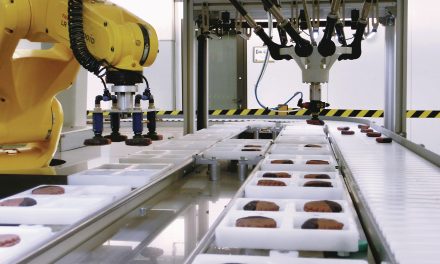 In order to prevent pollution from its CVD coating process, the NSG Group has installed a gas cleaning plant from ACWA Air. As an added bonus, the plant is also recovering energy for use within the glass production process.
In order to prevent pollution from its CVD coating process, the NSG Group has installed a gas cleaning plant from ACWA Air. As an added bonus, the plant is also recovering energy for use within the glass production process.
The NSG Group plant at Ba Ria, Vung Tau Province, Vietnam, operates a chemical vapour deposition (CVD) plant producing glass with a coating for use in environmentally friendly applications. In order to prevent pollution from the CVD?coating system and recover energy for use within the process, a gas cleaning and energy recovery package from ACWA?Air has been installed. The Ba Ria plant is the fourth in a series of contracts awarded to ACWA Air by the NSG Group.
The plant was designed and built in the UK by ACWA Air in a series of modules before being assembled in Vietnam using local labour under ACWA AIR’s supervision. Close co-operation between the NSG Group and ACWA Air engineers ensured that the plant was up and running ahead of schedule.
The CVD plant emissions are actually better than the local requirements and are achieving less than 10mg/Nm3 Particulate, 10mg/Nm3 Hydrogen chloride and 1mg/Nm3 Hydrogen Fluoride. A second production line is now being considered.
The coating process uses complex organic tin salts and a mixture of other chemicals to generate the required surface on the float glass. The vent from the vapour coating process and associated chemical storage vessels is passed to a thermal oxidiser where the organic tin salts are broken down at high temperature into oxides of tin and hydrogen chloride gas.
Hot gases are discharged from the thermal oxidiser and 75% of the available heat energy is recovered in a boiler, generating steam, which is used for process heating in the CVD system. Any surplus steam is passed to an air-cooled condenser and the condensate is returned to the boiler.
The cooled flue gases, containing hydrogen chloride and hydrogen fluoride, are reacted with sodium bicarbonate, injected into the gas stream from a storage facility, producing sodium halide salts and carbon dioxide. The reaction rates with sodium bicarbonate are fast, transforming the corrosive gases into innocuous salts.
Solids suspended in the flue gases – a mixture of sodium halide salts, excess sodium bicarbonate and metal oxides – are filtered from the process by a pulse-jet bag filter and discharged into sealed skips. These solids may be recycled to recover tin.
The cleaned gases are discharged to atmosphere through a free-standing chimney stack by an induced draught fan.



